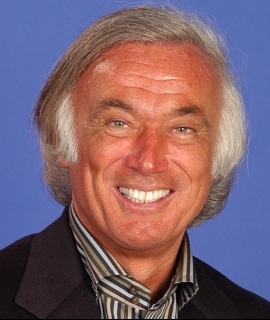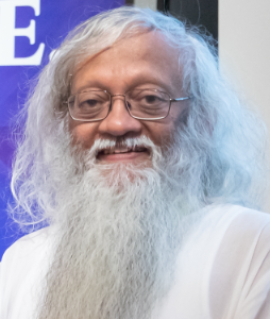10th Edition of International Conference on
Physiotherapy For Spinal Disorders
Traditional medicine and treatments have been used to treat a variety of spinal disorders, such as herniated or bulging discs and degenerative diseases of the spine. In recent years, physiotherapy has become increasingly popular as a way to manage and treat spinal disorders. Physiotherapy for spinal disorders typically consists of a range of gentle, hands-on techniques and exercises to reduce pain and improve mobility and functioning of the spine. These might include: gentle stretching, strengthening and postural correction exercises, myofascial release techniques, electrical treatments, and other tissue mobilization techniques. Muscle relaxation techniques can also be used to reduce muscle tension and spasm, which can help to relieve pain and improve posture and mobility. Manual therapy consists of techniques such as joint manipulation, soft tissue massage, and stretching and mobilizing techniques. This can be helpful for restoring joint function and motion as well as aiding in the issue of pain. Nowadays, dry needling is often used as part of the treatment process. This involves using acupuncture needles to target trigger points in the muscle. In combination, these treatments help to increase the range of movement and flexibility of the spine, improve posture, reduce pain, and improve joint function. Education is a core component of physiotherapy treatment for spinal disorders; understanding the variables that can affect pain and impair normal functioning is essential for successful management of the condition. Physiotherapy can be beneficial for patients with a variety of spinal disorders. It may not be the ideal treatment option for every condition, but it is worth discussing with a physiotherapist to determine if it is the best choice for the management of your particular condition.

Kenneth R Pelletier
University of California School of Medicine, United States
Marilyn Allen
American Acupuncture Council, United States


